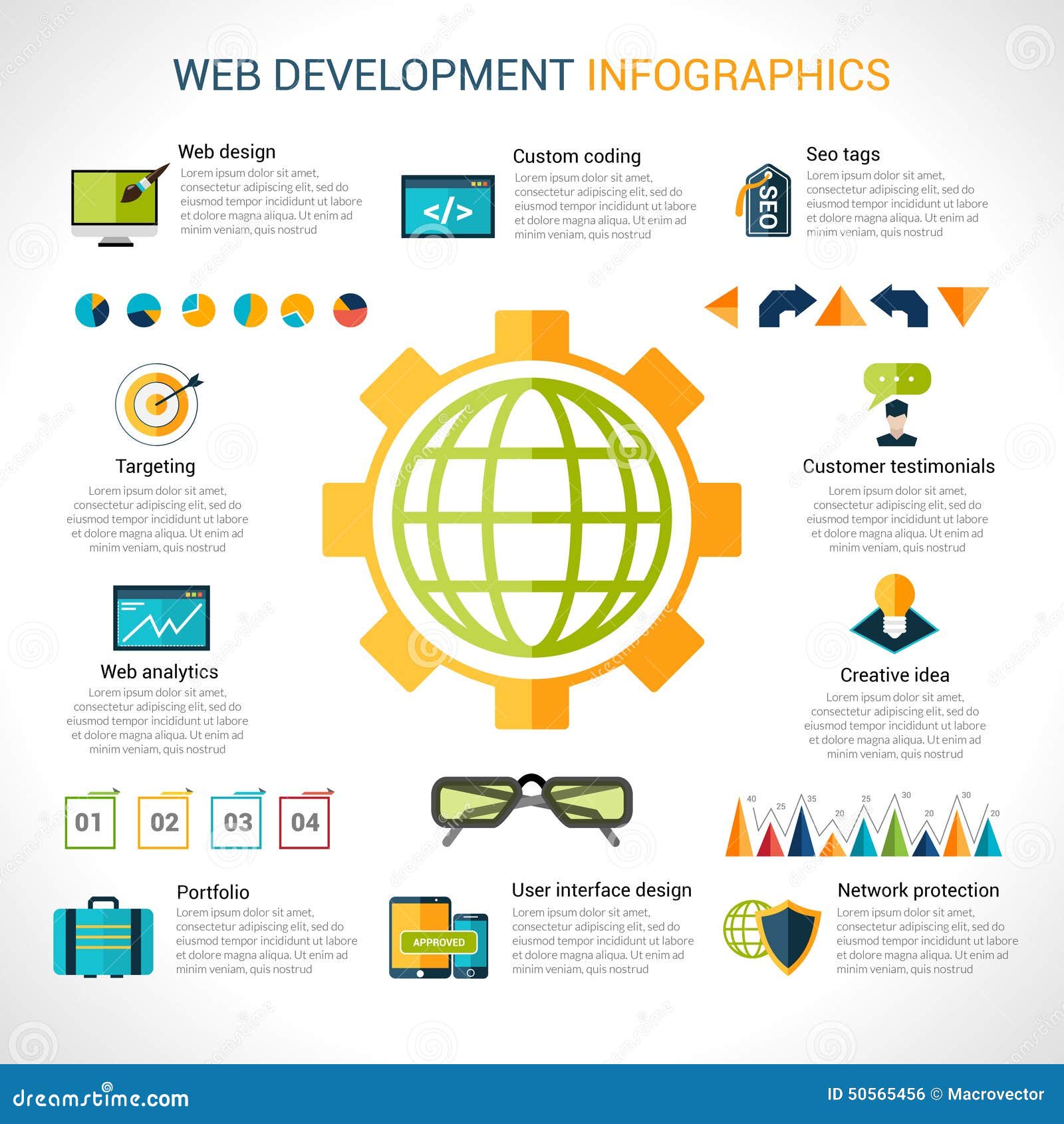Fascinated In Learning How Website Layout Has Developed? Take A Trip Through The Improvement
Fascinated In Learning How Website Layout Has Developed? Take A Trip Through The Improvement
Blog Article
Post Created By-Kinney Lunde
In the past, web sites were basic and focused on information. Navigation was straight, and style was for desktops. Currently, individual experience is vital. Data overviews designs for very easy navigation. Receptive formats suit different gadgets. Today, dark setting minimizes strain, and minimalist food selections improve navigation. Interactive attributes involve individuals, and vibrant visuals stand out. AI integration increases engagement. See just how layout has actually advanced to improve your online journey.
Very Early Days of Website Design
In the very early days of web design, simplicity reigned supreme. Sites were basic, with restricted colors, font styles, and designs. The emphasis was on supplying info instead of showy visuals. https://spacecoastdaily.com/2022/06/top-5-seo-tips-for-software-companies/ accessed the net via slow-moving dial-up links, so rate and performance were essential.
Navigation menus were straightforward, generally situated at the top or side of the web page. Internet sites were created for desktop computers, as mobile browsing had not been yet common. Content was king, and developers prioritized simple readability over complex design elements.
HTML was the key coding language made use of, and developers had to function within its restraints. Animations and interactive attributes were marginal compared to today's criteria. Websites were fixed, with little dynamic web content or tailored customer experiences.
Increase of User-Focused Design
With the development of website design, a shift towards user-focused style principles has become progressively noticeable. Today, creating internet sites that prioritize individual experience is crucial for involving site visitors and accomplishing organization objectives. User-focused layout includes recognizing the demands, preferences, and behaviors of your target audience to customize the website's design, web content, and includes appropriately.
Designers currently perform thorough research, such as individual surveys and functionality screening, to collect insights and feedback straight from customers. This data-driven approach helps in creating instinctive navigating, clear calls-to-action, and aesthetically enticing user interfaces that reverberate with visitors. By placing the individual at the center of the style procedure, internet sites can deliver a much more personalized and pleasurable experience.
Responsive design has additionally become a vital aspect of user-focused layout, ensuring that web sites are enhanced for various devices and display dimensions. This flexibility enhances availability and functionality, dealing with the varied means customers connect with sites today. In essence, the surge of user-focused layout indicates a change towards producing electronic experiences that prioritize the needs and expectations of completion customer.
Modern Trends in Website Design
Check out the latest patterns shaping website design today. One famous trend is dark setting style, providing a sleek and modern-day look while lowering eye strain in low-light environments. An additional crucial fad is minimal navigating, streamlining menus and boosting individual experience by focusing on essential elements. Incorporating micro-interactions, such as animated buttons or scrolling results, can develop a more engaging and interactive site. Receptive style remains important, making certain seamless user experiences throughout different tools. Furthermore, making use of bold typography and unbalanced formats can include visual interest and accentuate certain content.
Integrating AI technology, like chatbots for consumer support or personalized suggestions, improves user involvement and improves procedures. Ease of access has also become a considerable trend, with developers focusing on comprehensive style techniques to deal with varied individual demands. Embracing sustainability by maximizing site efficiency for speed and performance is an additional emerging fad in web design. Working together with individual feedback and data analytics to repeat and improve style continuously is essential for remaining appropriate in the ever-evolving digital landscape. By accepting these modern fads, you can develop a visually attractive, easy to use web site that reverberates with your audience.
Conclusion
As you reflect on the evolution of site layout from the early days to currently, you can see how user-focused style has ended up being the driving pressure behind contemporary patterns.
Accept the journey of adjustment and adaptation in website design, always maintaining the individual experience at the forefront.
Tippingpointdigital
Stay current with the latest patterns and technologies, and never quit progressing your method to develop aesthetically spectacular and user-friendly web sites.
Suggested Web site , adjust, and create - the future of website design is in your hands.
